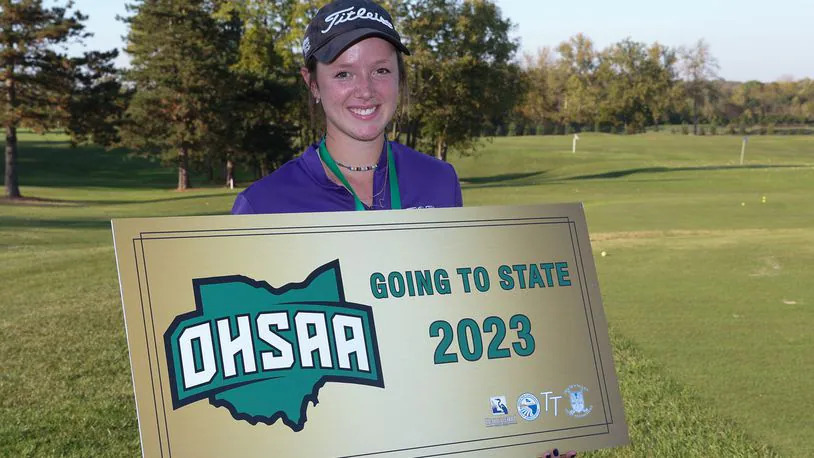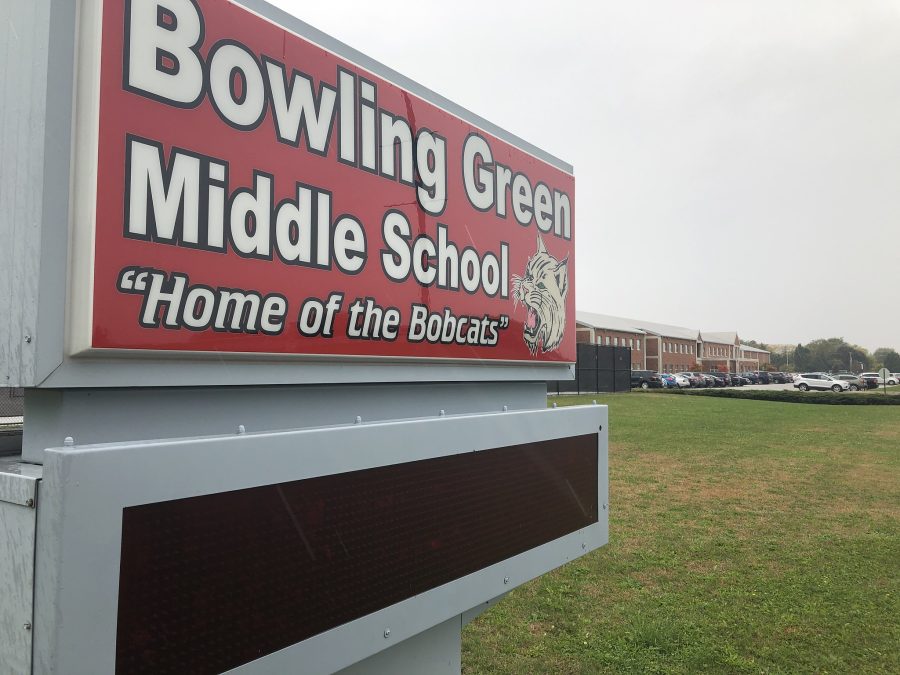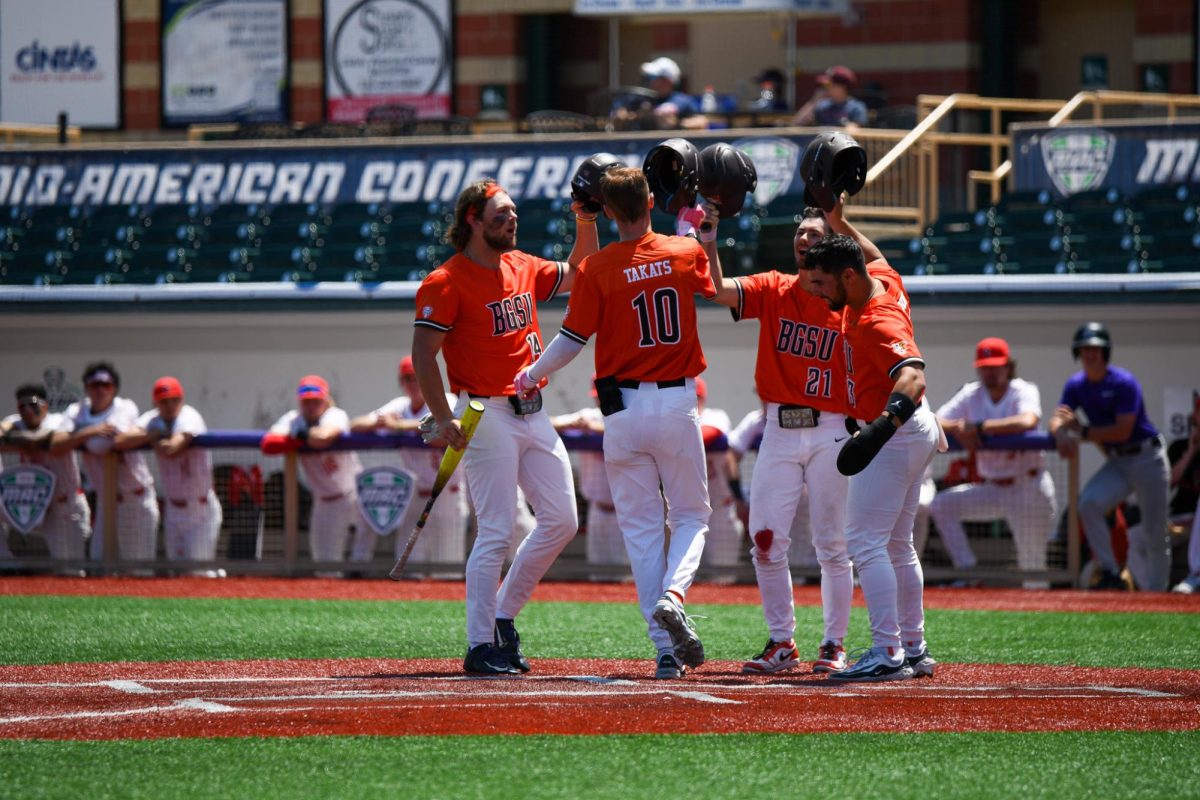SAN JOSE – College students are increasingly opting to study Middle Eastern, African and Asian languages rather than Spanish, French and German, according to a major new survey by a group that has tracked such statistics for nearly 50 years.
A study by the Modern Language Association released earlier this month, the first since 2002, offers a snapshot of student interest in languages in the fall of 2006 at all post-secondary schools in the country.
For reasons ranging from Sept. 11 to the Internet and the globalization of the American economy, the largest increases in interest were in Middle Eastern and African languages, where enrollments grew by 55.9 percent and in Asian and Pacific languages, which reported a 24.6 increase.
“There is a readiness on the part of many students to study what have long been considered less familiar and more difficult languages,” said Karin Ryding, a member of the MLA’s the association’s Committee on Foreign Languages and Professor of Arabic at Georgetown University in Washington D.C.
“Americans are, above all, pragmatic language learners,” said Ryding at a news conference Nov. 13. “If they see a vital need in terms of national interest or professional opportunity, they will invest the time and energy to study those languages.”
The single most dramatic increase was in Arabic, with a 126.5-percent jump in enrollments between 2002 and 2006. Not only have enrollments in Arabic expanded more than two-fold, but the number of colleges and universities offering Arabic has also nearly doubled. Researchers received reports from 466 Arabic programs in 2006 vs. 264 in 2002.
Chinese and Korean enrollments climbed by 51 and 37 percent, respectively, during the four-year period. Some of these students are what researchers call “heritage learners,” who seek to reconnect with their native culture and the language of their parents and grandparents.
Spanish remains the most taught language in the United States, outdistancing all other contenders. Enrollment in Spanish has expanded by 10.3 percent, continuing a record of uninterrupted growth begun in 1980. French remains second and German third in popularity.
But as a percentage of total language enrollments, Spanish, French, and German have lost ground in the past four decades. Spanish remains above 50 percent of total language enrollments, where it has been since 1995, having risen from 32.4 percent in 1968. French has fallen from 34.4 percent in 1968 to 13.1 percent in 2006. Over the same period, German has fallen from 19.2 percent to 6.0 percent.
Russian and Hebrew are barely holding ground. Irish enrollments decreased by 45.5 percent.
In actual enrollments, Arabic still remains relatively small – but for the first time has surpassed Ancient Greek and Biblical Hebrew.
Overall, the portion of college students studying foreign languages has increased only slightly – a trend that researchers say reflects the increasing number of competing course offerings.
In fall 2006, only 8.6 of 100 students enrolled in colleges and universities studied a modern language course.
Although the number reflects a slight increase from the 2002 figure of 8.1 – and well above the numbers seen in the 1970s, when enrollments declined – this number is still well below, almost by half, the enrollments in 1960 and 1965 of 16.1 and 16.5, respectively.
The Modern Language Association, with the support of grants from the Department of Education, has gathered and analyzed information on enrollments in languages other than English since 1958.
Founded in 1883, the association works to strengthen the study and teaching of language and literature.


















